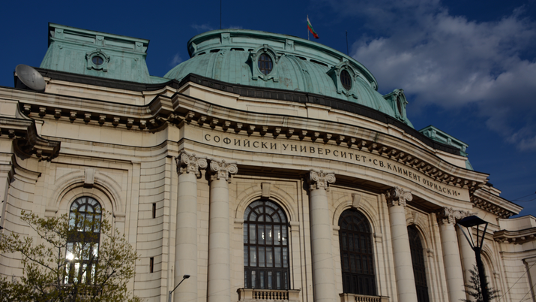Sofia 2024 Call for Papers
Symbolic Spaces Associated with Paradise (Pardes)
This session invites papers examining symbolic spaces (real or imaginary) associated with Paradise (Pardes). Paradaisoi embodies and represents the universalism of the empire, and so could have served as the window to the vast imperial space of Jewish communities, thus stimulating an interdisciplinary approach. The Old Persian *paridaida- (Elamite partetaš) denotes a royal garden park, while Pardes (paradise) is a particular place and space for “seeing”. These associations of wisdom and garden have been reconfigured in many ancient Jewish writings, across time and place. Pardes is used in MT Neh 2:8 and Qoh 2:5, while in Old Greek Genesis, for instance, it has become an ideal, beneficial “garden in Eden” (the Greek renders gan paradeis in Genesis 2-3), and 1 Enoch reflects the Persian royal garden, which is secluded and contains hidden wonders only accessible to a select few. According to 1 Enoch, the garden is located in the east, and in later texts, the eschatological sun appears from Eden (=east). As this example showcases, the Enoch traditions interact with Persia through creative appropriation and adaption to the setting of the Jewish subaltern group. Besides, the Greek and Aram (and Eth.) versions have further variants on how close Enoch / the visionary gets to it – whether only seeing into or actually getting in on the edge.
The session will also include papers that address visualizations of paradise in the Ancient Near East, as well as in later e.g. Islamic traditions. Besides, comparative studies from, for instance, museology (as well as zoos and botanic gardens) are most welcome. In Central-Western Europe in the late 18th-first half of the 20th century, these were attempts to bring (and express control) over the entire human space and time in the case of museums, zoos, and botanic gardens, of the entire “created” world. The places “embodied” and communicated “empire”; in which there was plenty of “seeing”; entering was associated with the promotion of knowledge and wisdom via Bildung; and needless to say, not everyone can see everything.
The sessions will be combined with invited papers and an open call for papers. We plan to publish the contributions in an anthology/ special issue of a journal. To enable particularly productive interdisciplinary collaboration, we encourage scholars to produce co-written papers.
